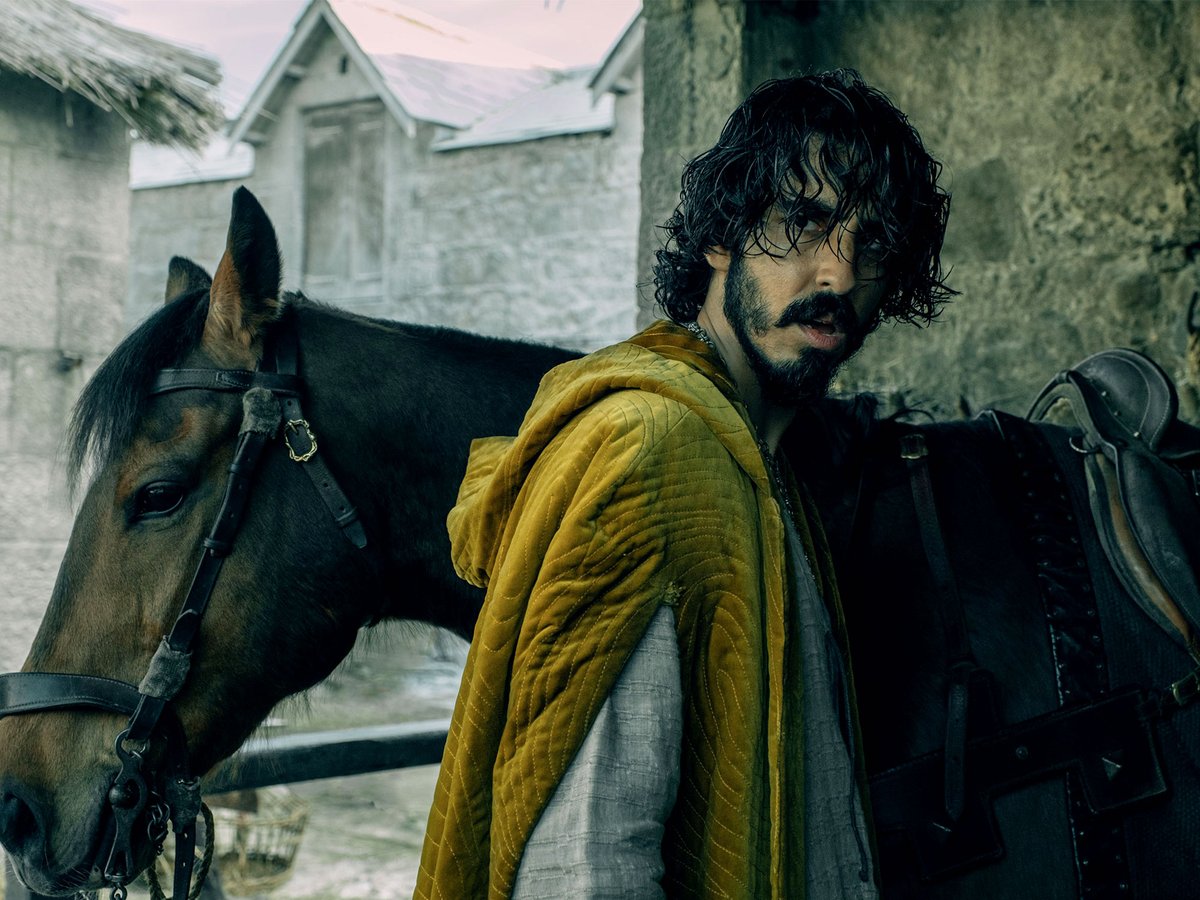1 - 🎃 Welcome to #ThreadTalk! It's the spookiest month & we're jumping right in with a look at ghostly garb👻!
Thrills, chills & blood-curdling horrors await as we take a trip through history & ask the question: "Okay, but what would that ghost *actually* be wearing?" 🎃
Thrills, chills & blood-curdling horrors await as we take a trip through history & ask the question: "Okay, but what would that ghost *actually* be wearing?" 🎃

2 - We're starting in Japan. Because Japan has the best ghosts & my favorite art. Yūrei (幽霊) are closer to a Western concept of ghosts, but spirits of all kinds are common through Japanese folklore.
This one is from the incredible Bakemono no e, dating from around 1700.
This one is from the incredible Bakemono no e, dating from around 1700.

3 - The Yūrei are often depicted as women with long, black hair. By the date of this print, I'd say a kosode (a kimono precursor) would be a good match.
The colors are natural, pale, haunting. You see in the embroidered closeup, too, all the sea grass & shellwork. Just wow.

The colors are natural, pale, haunting. You see in the embroidered closeup, too, all the sea grass & shellwork. Just wow.


4 - Tsukioka Yoshitoshi (月岡芳年) 1839-1892 was known for many prints during the Meiji period, including his 36 Ghosts.
I cannot tell you how much I love this one, The Spirit of the Komachi Cherry Tree. Perhaps not technically a "ghost" but like ::incomprehensible sounds::
I cannot tell you how much I love this one, The Spirit of the Komachi Cherry Tree. Perhaps not technically a "ghost" but like ::incomprehensible sounds::

5 - I can get lost in kimonos, but I was going for color here. This outer layer kimono might have been a courtesans or possibly for the stage, but the colors and composition seem about right. Dreamy, gorgeous. 

6 - You can't get far without folks talking about Hamlet's father's ghost. The play was written just around 1600, stage adaptions loved dressing the cast up like this.
Which, well. Certainly historical, but for the king of the Danes? Not quite. Fuseli can't be blamed for this.
Which, well. Certainly historical, but for the king of the Danes? Not quite. Fuseli can't be blamed for this.

7 - If King Hamlet was a Dane, his helmet (haha Hamlet's helmet) would have looked more like this 10 C example from Norway.
He also probably had a lovely beard. The Danes were quite fastidious about their grooming, & buried their grooming kits with them in the afterlife.
He also probably had a lovely beard. The Danes were quite fastidious about their grooming, & buried their grooming kits with them in the afterlife.

8 - In Europe, it seems like everything is haunted. But you hear about the "dames blanches" (white ladies) often (and I don't mean Karens).
One such is Perchta von Rosenberg, 1429–1476, rumored to haunt Český Krumlov Castle in the Czech Republic and/or Stockholm Castle.
One such is Perchta von Rosenberg, 1429–1476, rumored to haunt Český Krumlov Castle in the Czech Republic and/or Stockholm Castle.

9 - The dames blanches are very popular in France, but they also made their way to Quebec, where my folks are. It's said Mathilde Robin haunts Montmorency Falls, where she perished after hearing her fiancé died in the 9 years war in 1759.
She even has a commemorative stamp.
She even has a commemorative stamp.

10 - Reports say she wears a white wedding gown and can still be heard crying. Now a) Mathilde was probably not wearing white & b) was probably not wealthy enough to afford an expensive gown. BUT.
Maybe if she had the $$, she could have worn something like this. We can dream.
Maybe if she had the $$, she could have worn something like this. We can dream.

11 - Pushkin's famous ghost story, The Queen of Spades, features a most terrible main character who tries to woo the heiress of a wealthy old countess.
He threatens the countess with a gun & she dies of shock, which propels the rest of the story (which also includes her ghost).
He threatens the countess with a gun & she dies of shock, which propels the rest of the story (which also includes her ghost).

https://twitter.com/NataniaBarron/status/1445181388555231234
(Thread continues!)
• • •
Missing some Tweet in this thread? You can try to
force a refresh



















